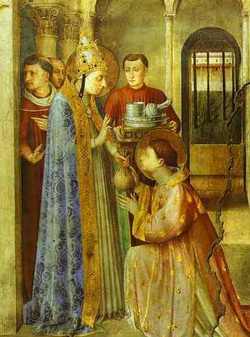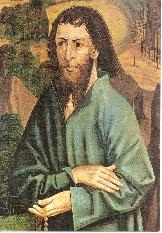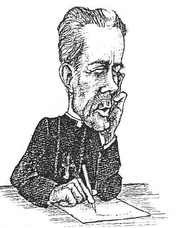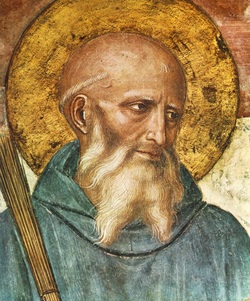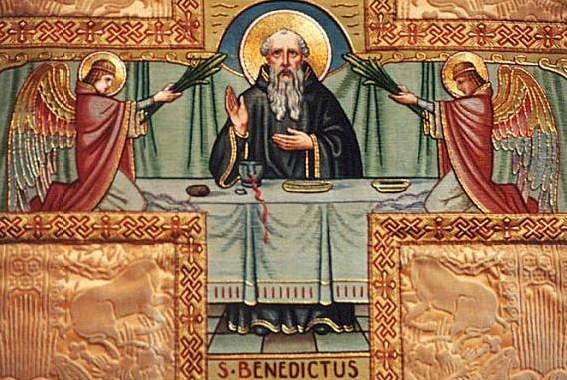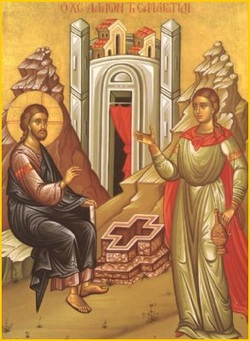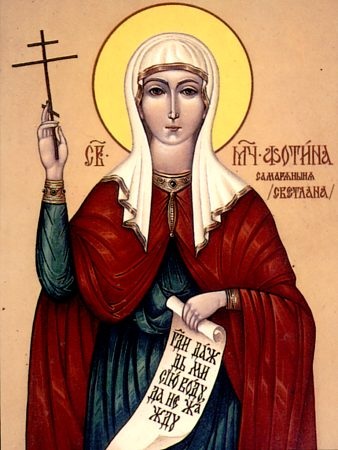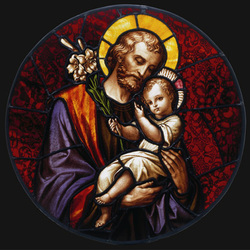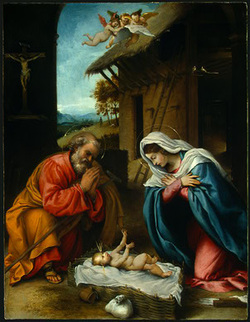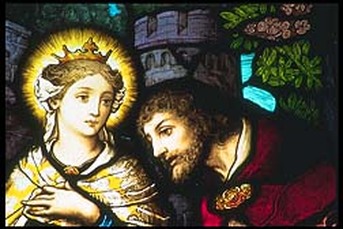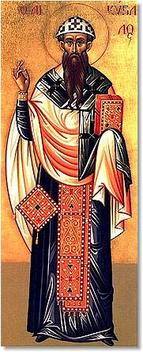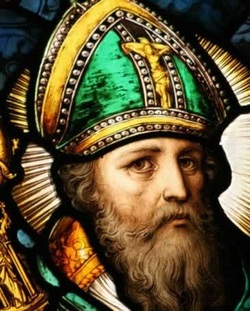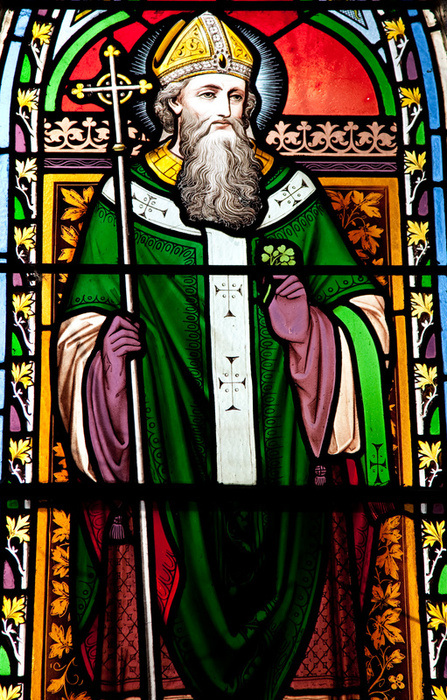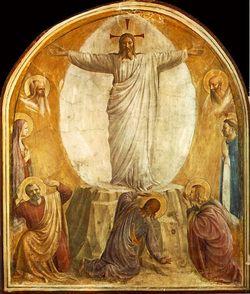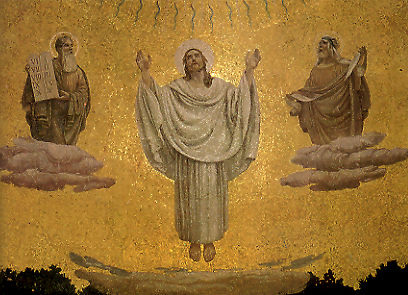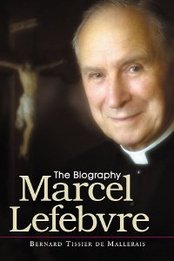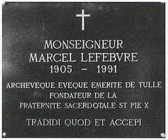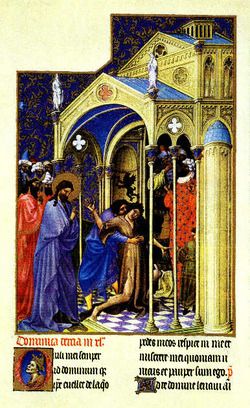
Sermon by St. Venerable Bede the Priest
Matthew saith that the devil, by which this poor creature was possessed, was not only dumb, but also blind; and that, when the possessed was healed by the Lord, he both saw and spoke. Three miracles, therefore, were performed on this one man; the blind saw, the dumb spoke, and the possessed was freed from the devil. This mighty work was then done in the flesh, but is now fulfilled spiritually every time men are converted and become believers. For from them the devil is cast out, and their eyes are given to see the light of the Faith, and their lips, which before were dumb, are opened that their mouth may show forth the praise of God. But some of them said: He casteth out devils through Beelzebub, the chief of the devils. It was not some of the multitude that uttered this slander, but Pharisees and scribes, as we are told by the other Evangelists.
The multitude, which was made up of such as had little instruction, was filled with wonder at the works of the Lord. But the Pharisees and scribes, on the other hand, denied the facts when they could; and when they could not, they twisted them by an evil interpretation, and asserted that the works of God were the works of an unclean spirit. And Matthew saith: Others, tempting him, sought of him a sign from heaven. It would seem that they desired him to do some such thing as Elias did, who called down fire from heaven; or like as Samuel, who caused thunder to roll, and lightning to flash, and rain to fall at midsummer: as though they could not have explained away these signs also, as being the natural result of some unusual, albeit hitherto unremarked, state of the atmosphere. O thou who stubbornly deniest that which thine eye seeth, thine hand holdeth, and thy sense perceiveth, what wilt thou say to a sign from heaven? Verily, thou wilt say that divers signs from heaven were once also wrought even by the sorcerers in Egypt.
But he, knowing their thoughts, said unto them: Every kingdom divided against itself is brought to desolation, and an house divided against an house falleth. Thus did he make answer, not to their words, but to their thoughts, in hopes that they might at least believe in the power of him who seeth the secrets of the heart. But if every kingdom divided against itself is brought to desolation, it followeth that the kingdom of the Father, the Son, and the Holy Ghost, which same is to abide in everlasting stedfastness, is not a divided kingdom. Wherefore we hold, without fear of contradiction, that it never can be brought to desolation by any shock whatsoever. But, saith the Lord, if Satan also be divided against himself, how shall his kingdom stand? because ye say that I cast out devils by Beelzebub. In saying this, he sought to draw from their own mouth a confession that they had chosen for themselves to be part of that devil's kingdom which, if it be divided against itself, cannot stand.
